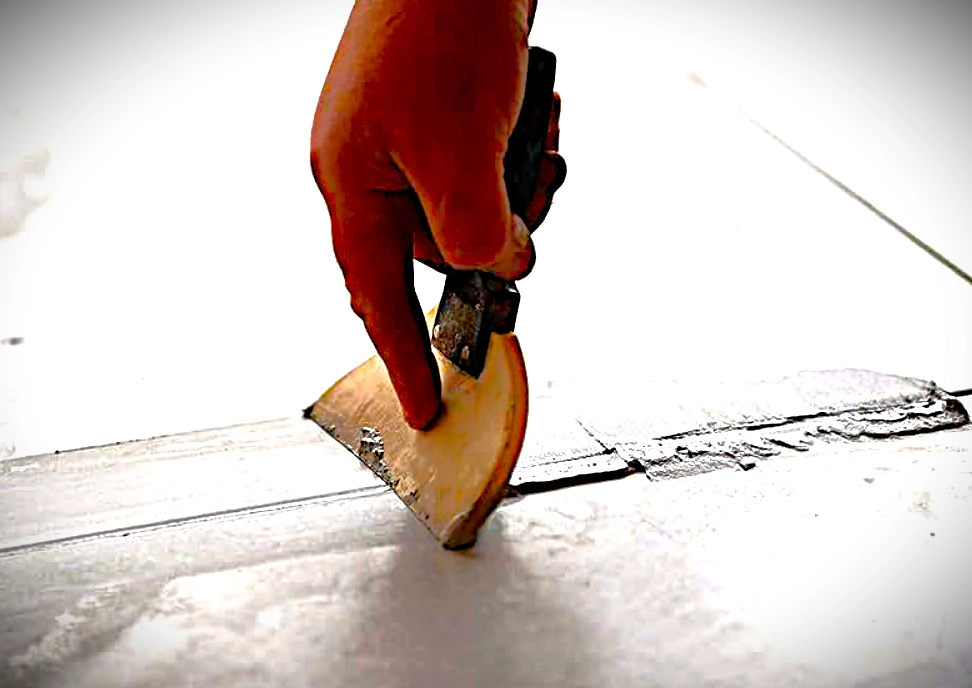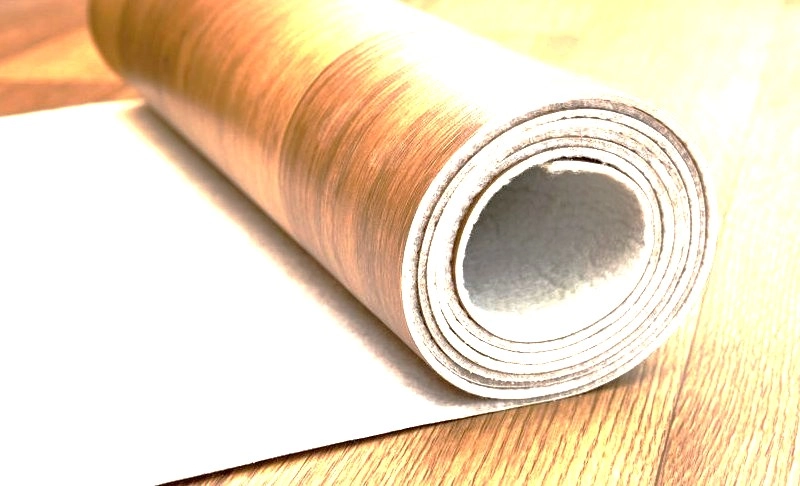Sunken Grout Lines

The majority of people believe that grout is solely used to enhance the appearance of tiles. While this is somewhat true, grout also strengthens the joints between tiles and keeps them from shifting or splitting at the edges.
Grout is an essential element for any tile installation process because of these advantages. Grout is typically put without any issues. But occasionally, as the grout dries, it can begin to sink.
Here is a thorough guide on what causes sunken grout lines and how to correct them if you have just noticed them.
Sunken grout lines: what are they?
This occurs when there is too much grout between your tiles, making it noticeable and allowing you to feel the spaces beneath your bare feet. In any tile installation project, the grout must sufficiently fill in the spaces until it is level with the tile’s surface.
On the other hand, sunken grout lines will result if it is set too low. Diagnosing this issue is quite simple. Because you only need to watch.
Why Do Sunken Grout Lines Form?
- Issues with Grout Mixture
I will always stress how crucial it is to adhere to product directions. After mixing the grout until it has a cake-like consistency, it should be applied to the tile joints.
It could be a little challenging to press grout into the spaces when it’s that consistency. To make it simpler to spread, some do-it-yourselfers like to add extra water. However, doing so causes the grout to shrink as it dries, leaving depressed grout lines.
Sunken grout lines are mostly caused by improper mixes. Low lines on your tile joints will result from the grout mixture being overly wet because the majority of the water will evaporate as the grout dries.
- Gaps of Air in the Joints
Sunken grout lines can also result from air gaps on tile seams. When installing grout, you might not see the air gaps since the paste will hide them.
But as the grout dries, the air spaces beneath it gradually disappear, forcing the grout into the junction. You must pay careful attention to this factor.
- Too Early Tile Wiping
It makes sense that tile installation is a very taxing task. As a result, you could be rushing to remove the grout stains from your tiles. You risk removing part of the grout from the joints, though, if you clean the tiles too soon.
How Can Sunken Grout Lines Be Avoided?
- Use pre-mixed grout or adhere to the recommended mixing ratio.
When mixing grout, if you consistently find yourself adding too much water, you should break the behavior. Otherwise, you’ll always have sunken grout lines. Regarding the mixing ratio, abide by the manufacturer’s advice.
Always remember to allow adequate time for the grout to sit. As a result, the molecules are able to form stronger bonds.
As an alternative, you can use premixed grout if mixing grout seems difficult. You can use this kind of grout right out of the container. You don’t need to worry about ratios or anything else. It’s a far better option for beginners.
- Allow enough time for the grout to solidify before removing it.
Regardless of how fast you want to complete this task, you should always wait for the grout to settle before using a wet sponge to clean the tiles.
Before beginning to wipe, experts advise waiting at least thirty minutes. Refrain from using excessive force when cleaning, since this may also lead to the grout on tile joints being removed.
One expert advice is to use a sponge that is slightly wet to clean tiles. If you use too much water, it will be easy to remove some grout from the lines. Additionally, too much water might weaken the grout, making removal simpler.
- Press the grout into the joint more deeply.
You shouldn’t simply apply grout over the surface and go to the next tile while putting grout. Be sure to press it further into the opening. By doing this, any air gaps that could eventually result in sunken grout lines will be eliminated.
How Can Sunken Grout Lines Be Fixed?
Let’s talk about how to repair sunken grout lines now that you are aware of the causes and preventative measures.
Regarding sinking grout joints, there is a prevalent misunderstanding. Many individuals believe that all you need to do is cover it with more grout. However, this method could cause issues with adhesion between the old and new grout.
Using a putty knife to scrape off all of the old grout is the easiest way to solve this issue. then re-grouting while adhering to the advice I previously gave you.
Although it might seem like a lot of labor, doing this guarantees a perfect and durable finish. Denatured alcohol always works incredibly well to remove any tough residue from old grout if you are having trouble doing it.
You can take a shortcut if you put the sunken grout a few days ago. Due to the grout’s relative freshness, it can be cleaned with water before being covered with fresh grout.
It is considerably simpler to stick to fresh grout while it is wet than when it is not.
Why Can’t I Simply Cover Sunken Grout Lines With New Grout?
When you notice sunken grout lines, your first instinct is to make a fresh batch and pour it over. However, since the new grout will not last, this is not a good idea.
As previously stated, the old grout cannot be adhered to by the new grout. Even though it might be tempting, do not pour a fresh grout mixture on top of an old one since it will not adhere. Use the strategy I described in the subtopic above.
How Are Sunken Grout Joints Made?
Even though it may seem ridiculous, there are several circumstances in which you might be required to sink the grout a few millimeters.
This primarily pertains to tile installers and contractors who work for customers who want a distinctive design or who want to display their tiles.
For whatever reason, installing tile as you normally would is the greatest approach to generate sunken grout joints. After the grout has begun to set, take a scouring pad and work it over the grout lines until the required height is reached.
As an alternative, you can add too much water to the grout, which will cause it to shrink as it cures.
Are Grout Lines Eventually Sinking?
Grout is prone to wear, much like any other building material, particularly over time. Grout is not permanent.
More grout will be removed from your tiles the more traffic they receive. Therefore, the likelihood of developing sunken lines is very high.
However, sunken lines that show up days or weeks after installation are the issue we are discussing in this article.
Sunken grout lines can make your flooring look unpleasant, therefore this usually means there was an issue with the mixture or installation that has to be repaired right away.
Because you will constantly feel the joint gaps as you walk over the floor, this issue may also have an impact on comfort.
How Can Sunken Grout Be Removed?
There are a few different methods you can use to get rid of the sunken grout if you’ve made the decision to re-grout your tiles. You can use a screwdriver or a utility knife.
When it comes to removing new grout, these tools are fantastic. The grout may also become softer with the addition of water. However, a grout saw is the finest instrument to use if it’s too stubborn. The hardest grout lines can be broken using this machine. It expedites the process as well.

